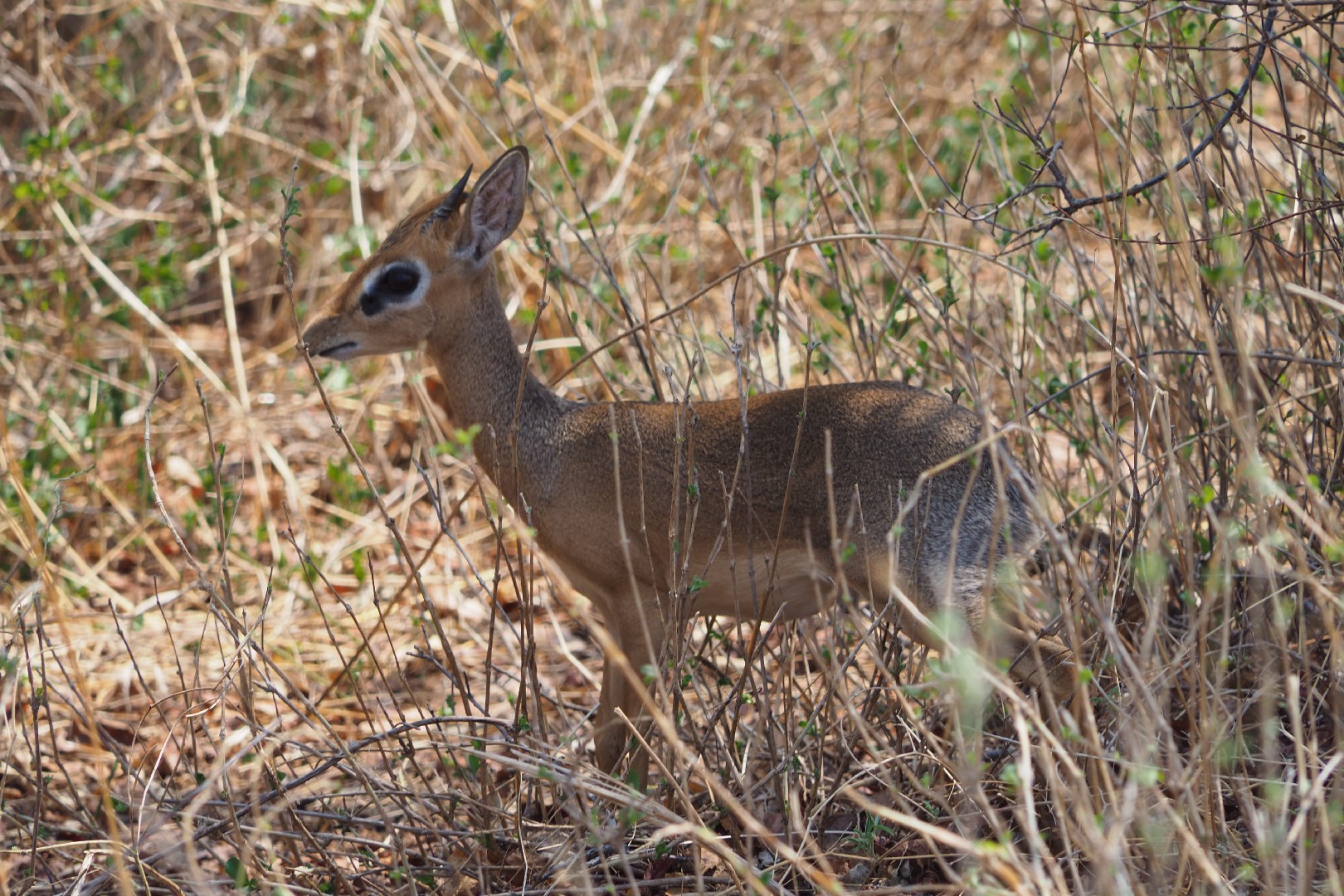Kirk's dik-dik
A species of Dik-diks, Also known as Cavendish's dikdik Scientific name : Madoqua kirkii Genus : Dik-diks
Kirk's dik-dik, A species of Dik-diks
Also known as:
Cavendish's dikdik
Scientific name: Madoqua kirkii
Genus: Dik-diks
Content
Description General Info
 Photo By Haplochromis , used under CC-BY-SA-4.0 /Cropped and compressed from original
Photo By Haplochromis , used under CC-BY-SA-4.0 /Cropped and compressed from original Description
The Kirk-Dikdik (Madoqua kirkii, incorrectly also Madoqua kirki), also known as dwarf weevil, is one of the smallest antelope in Africa. It is widespread in East Africa and one of the best researched species within its genus.
General Info
Lifespan
6-10 years
Diet
The dietary habits of kirk's dik-dik are predominantly herbivorous, concentrating on leaves, sprouts and flowers. Occasionally, they consume arthropods, indicating a slight omnivorous inclination. Their selective feeding habit allows for the preference of high-quality plant resources.
Appearance
The kirk's dik-dik is a small antelope, displaying a slender and streamlined body shape, coated with short, dense fur. It's chiefly grey-brown, brightening to a rufous color on the flanks. A distinguishing feature is the pair of sharp, upright horns sported by males. Females, in contrast, lack horns but display more conspicuous facial markings, such as a dark stripe running from the eye to the nose. Juveniles resemble females, but are duller in color.
Behavior
Kirk's dik-dik exhibits diurnal behavior, wherein it engages in foraging during the cool early mornings and late afternoons. Solitary by nature, this species only interacts with others during the mating season. Notably, kirk's dik-dik exhibits a territory-marking behavior wherein it uses its preorbital gland to mark bushes within its territory.
Population
Stable